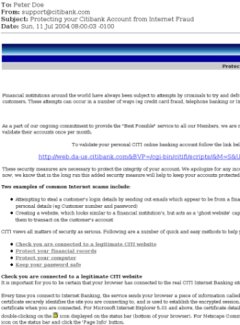
Emails are supposed to make life easier but sometimes, it may be wise to choose who you give out your email to. Today, a lot of mischief can be done and normally this comes in forms of email attacks or email bombs. In such scenarios, don’t be surprised if you find your email downloading hundred to a thousand emails in one sitting. That is not the best part. You would be lucky if this was done only once since others would schedule it daily.
Why do they do it? One is for trials of these foolish software and the other can perhaps be for malicious reason. It is a fact that while many people on the web cannot be harmed physically, they can create headaches for you in the form of discomforts from the privileges you get from the web. One of the main elements an online user would need to use is his email and by doing these email attacks, it burdens the person on how to get important information usually sent through the web.
One cannot avoid such instances. But the best way to prevent it is to choose the people you give it too. For people you meet on the web, it would be wise to use free mail accounts from Gmail or Yahoo over your personal one. Avoid the troubles of such since it will not only be a discomfort, but a forgettable experience as well.
 Chances are that when you open your inbox today you’ll find an e-mail claiming to be from your bank, an e-commerce site, or another
Chances are that when you open your inbox today you’ll find an e-mail claiming to be from your bank, an e-commerce site, or another 
 I have become more active on Tweeter in the past months, mainly due to a self-imposed Facebook hiatus. I just found Facebook to be so tiresome and irritating (not just the platform but the people using it). I have had my Twitter account for many years now but I rarely use it. Now that I have been using it a lot, though, I realized that it is NOT exempt from spam.
I have become more active on Tweeter in the past months, mainly due to a self-imposed Facebook hiatus. I just found Facebook to be so tiresome and irritating (not just the platform but the people using it). I have had my Twitter account for many years now but I rarely use it. Now that I have been using it a lot, though, I realized that it is NOT exempt from spam.